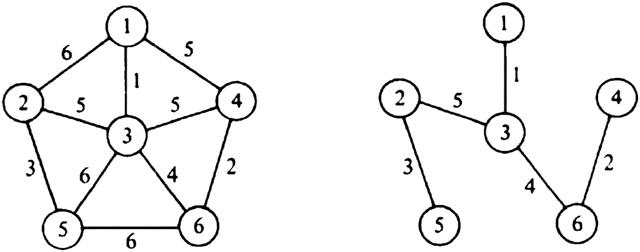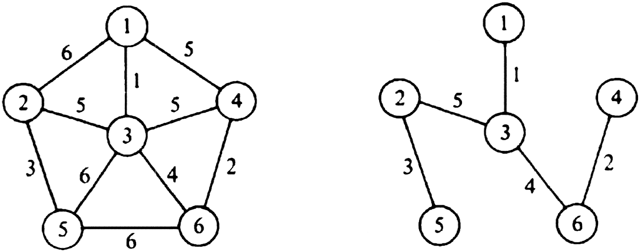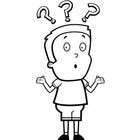A Very Basic Introduction to Graph Theory
Hope you’ve learned a lot so far. There are some more graphs to know about…


Woah! Whatis going on here? Don’t be alarmed, this is as simple as the other graphs I’ve shown you… You can see that they’re both weighted, labelled, undirected graphs (because the edges have some cost on it, there are no arrows on the
Yes, you are right! I’m guessing you are right…
So, the graph on the left is a connected graph because all the nodes that are traversing in the graph are connected
What is an unconnected graph? What does an unconnected graph look like? This describes a graph that is disconnected. In this example, Node 0 is not connected to any of the other nodes.


Last one! We are nearly finished…
Have you heard of a term in graph theory called isomorphic?


Well, for a graph to be isomorphic, it must be identical toanother graph.
Take this example below. Both are not isomorphic — this means they are not the same.
Can you tell why?


The outside nodes and edges in the graph are similar. However, the two inner edges in the two graphs both are connected to different nodes but in different ways.
As you can see graphs can be represented in many different ways. Although, this is just a stepping stone of what graphs are all about. We have looked at most of the different types of graphs. Graphs have a huge contribution to our technology today, from maps to big data and so much more...
Before we wrap up, here is a little quiz. If you think you know the answer, try it out! Hint: consider the arrows and where they points to!
Which of these graphs are isomorphic?


